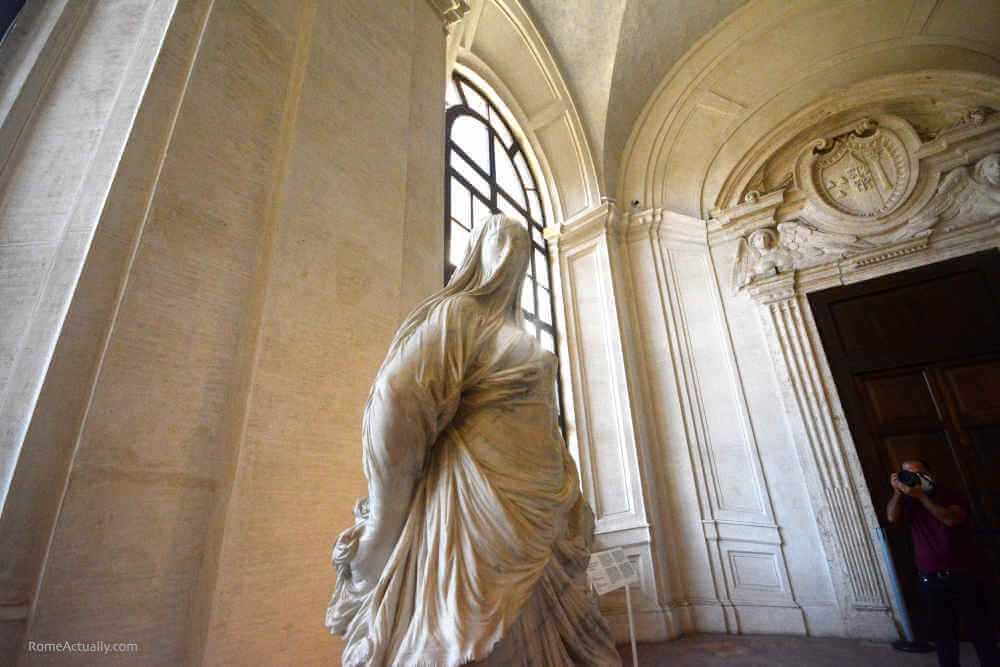Exploring Palazzo Barberini: A Journey Through Baroque Art
Nestled in the heart of Rome, Palazzo Barberini is a treasure trove of Baroque art and architecture. This grand palace, which houses the Galleria Nazionale d’Arte Antica, offers visitors a chance to immerse themselves in the opulence and creativity of the Baroque period. Whether you’re an art enthusiast or a curious traveler, a visit to Palazzo Barberini promises a rich cultural experience.
Discovering the Architectural Marvel
Palazzo Barberini is a masterpiece of Baroque architecture, designed by some of the most renowned architects of the 17th century, including Carlo Maderno, Gian Lorenzo Bernini, and Francesco Borromini. The palace itself is a work of art, with its grand façade, sweeping staircases, and intricate frescoes. As you step inside, you’ll be greeted by the stunning ceiling fresco “Triumph of Divine Providence” by Pietro da Cortona, a quintessential example of Baroque art that captures the grandeur and dynamism of the era.
The architecture of Palazzo Barberini is not just about aesthetics; it reflects the power and influence of the Barberini family, who were prominent patrons of the arts. The palace’s design incorporates elements that symbolize the family’s status and their connection to the papacy, making it a fascinating study for those interested in history and art.
Admiring the Baroque Masterpieces
The Galleria Nazionale d’Arte Antica within Palazzo Barberini is home to an impressive collection of Baroque paintings. As you wander through the galleries, you’ll encounter works by some of the most celebrated artists of the period, including Caravaggio, Raphael, and Titian. Caravaggio’s “Judith Beheading Holofernes” is a highlight, showcasing his dramatic use of light and shadow, a technique that became a hallmark of Baroque art.
In addition to Caravaggio, the gallery features works by other masters such as Guido Reni, Guercino, and Hans Holbein. Each painting offers a glimpse into the themes and techniques that defined Baroque art, from the intense emotional expressions to the vivid contrasts and rich colors. The collection is thoughtfully curated, allowing visitors to appreciate the evolution of Baroque art and its impact on European culture.
Practical Tips for Your Visit
When planning your visit to Palazzo Barberini, there are a few practical tips to keep in mind to enhance your experience. The museum is open from Tuesday to Sunday, and it’s advisable to check the official website for the latest opening hours and ticket prices. To avoid the crowds, consider visiting during the early morning or late afternoon.
Photography is allowed in most areas of the museum, but be sure to check for any restrictions, especially in rooms with delicate artworks. Audio guides are available and can provide valuable insights into the history and significance of the pieces on display. If you’re particularly interested in a specific artist or period, consider joining a guided tour for a more in-depth exploration.
Lastly, take some time to enjoy the beautiful gardens surrounding the palace. They offer a peaceful retreat from the bustling city and provide a perfect spot to relax and reflect on the art you’ve just experienced.
